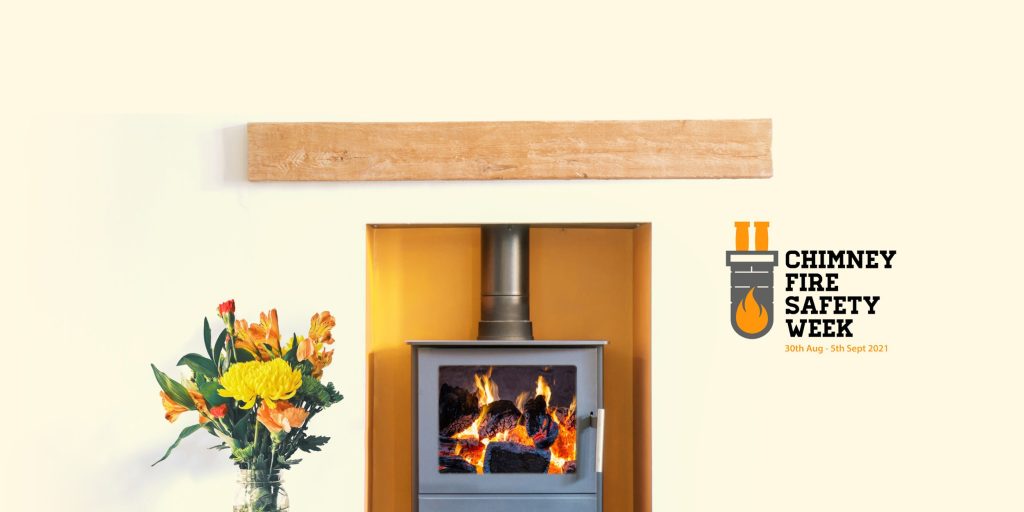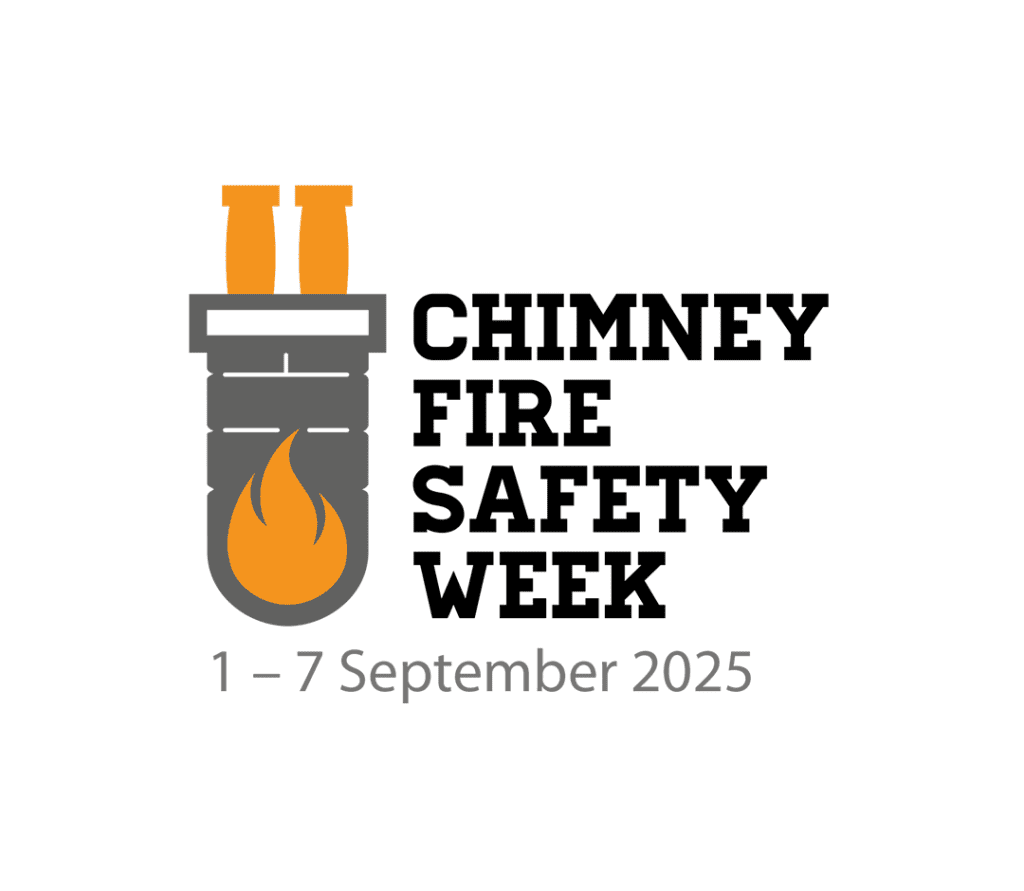- Devon and Somerset, Dorset and Wiltshire, Hereford and Worcester, North Yorkshire, and Norfolk are the top counties in England with the most chimney fires
- Nearly 1 in 10 UK wood-burning stove owners leave it two or more years to sweep their chimney or never get it swept at all, increasing their risk of a chimney fire
- A fifth of UK wood-burning stove owners have either never serviced their appliance or are unsure if they have.
New Government data of fire and rescue service incidents analysed by HETAS for Chimney Fire Safety Week (CFSW), reveals that Devon and Somerset Fire and Rescue Service responded to 181 chimney fires over the last year, the most out of all counties in England.

Dorset and Wiltshire follow in close second with a combined 113 chimney fires; Hereford and Worcester are third with a combined 95; North Yorkshire follows in fourth with 90; and Norfolk fifth with 86 chimney fires reported between April 2024 and March 2025.
During this period, there were 2,019 chimney fires in England, 5% less than the year before and accounting for 0.33% of the total fires in the country. While chimney fires are steadily decreasing, recent data shows that more than 1.5 million stoves are currently installed across just over 60% of UK households – a number which is steadily increasing.
The Government fire statistics, reviewed by HETAS as part of the not-for-profit organisation’s annual CFSW – a national campaign in partnership with the Government’s Fire Kills campaign, Industry, and fire and rescue services to promote positive safety messages to consumers – align with HETAS’ own national research into consumer burning habits.
Also released today, HETAS’ data delves into the potential causes of chimney fires throughout the UK. It found that across all 88 counties surveyed in the UK, nearly 1 in 10 wood-burning stove owners leave it two or more years to sweep their chimney or never get it swept at all, whilst a fifth have either never serviced their appliance or are unsure if they have.
Calvin May, Head of Technical & Certification at HETAS, said: “Our latest data reveals some interesting insights into the potential causes of these chimney fires, reiterating the need for our annual awareness campaign; we even discovered that some stove owners weren’t aware their appliance needs regular, ongoing maintenance. Regularly servicing your solid fuel appliance and sweeping your chimney is essential to help reduce these annual chimney fire figures even further.
“No matter what type of chimney you have or whether it is lined or not, wood-burning stove owners are advised by industry to have their chimneys swept twice a year if they burn wood, and at least once every 12 months if using smokeless fuels. Appliances should be installed by a competent professional and serviced annually, using a HETAS registered servicing engineer for continued safety and compliance.
“If a chimney isn’t regularly swept then a sticky, tar-like substance called creosote builds up on the inner walls of the chimney flue – building much more rapidly if the appliance is poorly maintained or the wood isn’t properly seasoned – which can ignite and cause a chimney fire to rapidly spread.”
Jon Quinn, Chair of the National Fire Chiefs Council’s Home Safety Committee said: “Chimney Fire Safety Week is an important reminder that regular sweeping and maintenance are essential in reducing the risk of fire and carbon monoxide poisoning.
“The National Fire Chiefs Council also urge households to fit and test smoke alarms as they provide early warning of a fire and save lives. We also recommend installing a carbon monoxide alarm to alert you to poisonous leaks. Smoke and Carbon monoxide alarms should be tested at least once a month to make sure they are working. By taking these simple steps, families can stay warm and safe as we move into the colder months.”
Dr Nicki Harvey founder of Dr Sweep, a chimney and stove service company based in the West Midlands, who also suffered from CO poisoning from a faulty gas fire in her first home, also adds: “It’s so important to get your chimney and your appliance checked and swept regularly, and to test your smoke and CO alarm. By doing so, the stove will work better and more efficiently, it will be cleaner, and most importantly, it will be safer for you and your family.
“An experienced sweep can offer advice on how best to burn fuel or to use your stove controls. They can also spot and fix any issues early on, giving you peace of mind when using and enjoying your stove.”
HETAS’ findings revealed that a small percentage of consumers, over 1 in 10, either do not check if their fuel is certified ‘Ready to Burn’ or only check sometimes. Furthermore, 1 in 5 stove users nationally reported growing their own wood rather than buying it in person or online, with a small number (4%) of respondents voicing concerns around the cost of living.
Calvin continues: “With the recent energy price cap increase announced by Ofgem, homeowners are continuing to look for cost-effective ways to heat their homes, but when buying fuel for your stove you must remember to prioritise the safety of your home.
“In England, there are strict government regulations that any wood sold in volumes under 2m³ must be certified as ‘Ready to Burn’, meaning it has a moisture content of 20% or less and that Manufactured Solid Fuels contain less than 2% sulphur content.
“Both are critical to ensure that these fuels burn efficiently, safely and cleanly – both for the environment and stove users. This not only benefits the lifespan of your appliance but also reduces the risk of chimney fires when burned in a sufficiently maintained stove and alongside a regularly swept chimney.”

Building, Design & Construction Magazine | The Choice of Industry Professionals





